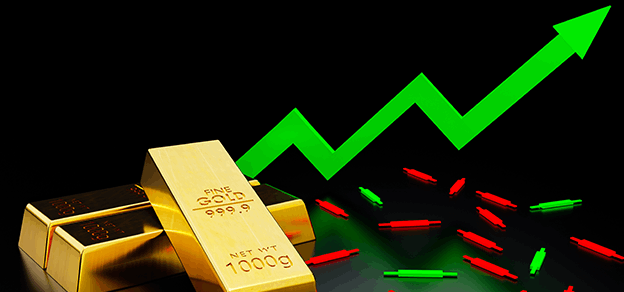For you to succeed in the trade of precious metals, you will need to know about technical analysis. If you learn to read charts and price data, your decision making skills will improve and you will know what to do when price movements occur. It applies to new traders as it does seasoned traders. Learning to use technical analysis will increase your chances of success and help make your way through the precious metals market complexities.
The basics tools that you should acquaint yourself with when charting are the basic tools of technical analysis. Candlestick charts are one of the most common tools in the precious metals trading. The opening, closing, high and low prices are displayed in these charts to give traders a visual idea of what market sentiment was during a specific time period. Traders can learn market reversals, trends and support and resistance levels by studying patterns in these candlesticks. To forecast future price movements, you need to understand these patterns.
An indicator is another critical tool in technical analysis. Indicators are mathematical calculations done with historic price and volume data that allow us to calculate the strength and direction of a trend. Moving average, RSI and stochastic oscillators are some of the most common precious metals trading indicators. For example, moving averages smooth out the price data and help traders identify trends. You can find out in what RSI can help you find out whether the situation is overselling or overbuying and stochastic oscillators warn about price reversals. These indicators can be used by traders along with candlestick patterns to view the market more fully.
Also, it covers other significant technical analysis concepts such as support and resistance levels. A downtrend is assumed to pause or reverse at support levels and the uptrend at resistance levels. These levels are worthwhile identifying as these can help you set entry and exit points in precious metals trading. Support and resistance levels are often used by traders to place stop-loss and take-profit orders, controlling risk and minimizing losses when the breakout fails, and locking in profit when the breakout is successful.
If you remember, technical analysis is not fool proof. Knowing the market trends may help you, but it won’t be 100% accurate. Precious metals prices are volatile and can be easily affected by external factors such as geopolitical events, economic reports and interest rate changes. For that reason, it’s crucial to rely on tech analysis along with some other methods, which will dramatically help you become more holistic in your trading decisions.
Trading or even identifying precious metals with technical analysis requires time and practice. It’s not something you will learn in a day, however with preparation and time you can learn all the necessary skills to succeed in the market. First, you learn the charting basics and indicators, and as you get experience you can add to what you know. Continually refining your technical analysis skills can help you improve your ability to make profitable trades and ride the ever changing world of precious metals trading.

